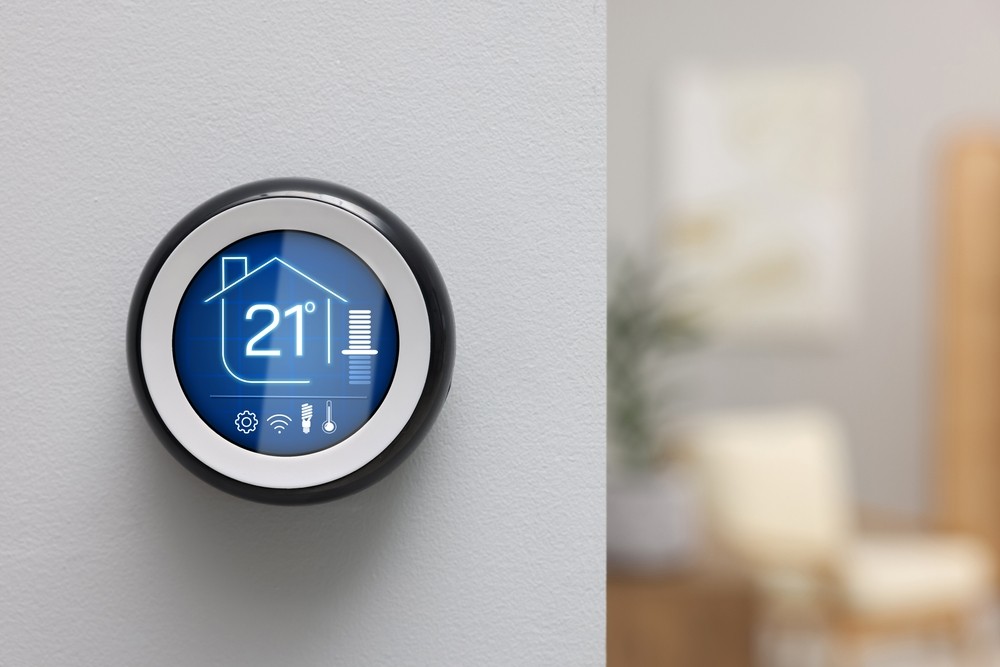Smart thermostats have gained significant popularity as a means to optimize energy consumption and streamline home automation. With a push towards more sustainable living and cost-efficiency, homeowners are increasingly adopting these devices. The allure of smart thermostats lies in their promise to reduce energy bills while offering a slew of features that promise convenience and increasing control over one’s home heating and cooling systems. But do they really deliver on these promises? To answer this question, it is important to delve into their functionality, potential savings, and user experiences, while also considering factors that may influence their effectiveness.
Understanding Smart Thermostats
Essentially, smart thermostats are advanced versions of traditional thermostats. They allow for remote management of a home’s heating and cooling system through a smartphone app, computer, or even via voice commands with digital assistants like Amazon Alexa or Google Assistant. Some of the high-end models are equipped with machine learning capabilities, allowing them to learn user preferences and automatically adjust settings for optimum comfort and efficiency.
The technology behind smart thermostats enables them to track and analyze energy usage patterns. Many models also include features like geofencing, which allows the device to adjust the temperature based on the occupants’ proximity to home, as detected through their smartphones. Additionally, some smart thermostats have sensors to detect temperatures, humidity levels, and even motion, which can further refine their climate control capabilities.
Potential for Energy Savings
One of the most attractive features of smart thermostats is their potential to cut down on energy consumption, promising lower utility bills. According to studies conducted by manufacturers and independent researchers alike, smart thermostats can help reduce heating and cooling costs by automating the process and making it more responsive to actual usage patterns.
The U.S. Environmental Protection Agency suggests that smart thermostats can save approximately 10% to 30% on home heating and cooling bills, based on typical usage patterns. This estimate is, however, highly dependent on user interaction with the thermostat and the baseline efficiency of the home’s heating and cooling systems prior to installation.
- Automated Scheduling: One of the most significant advantages of smart thermostats is their ability to implement automated energy-saving schedules. By tailoring heating and cooling schedules to match the homeowner’s lifestyle, these devices reduce energy waste when occupants are away or asleep.
- Remote Access: The ability to control HVAC systems remotely ensures users can adjust settings according to unexpected changes in schedule, preventing energy wastage.
- Learning Capabilities: Many smart thermostats can learn a user’s habits over time and adjust settings automatically. This means users often don’t need to worry about making minor manual adjustments to optimize energy savings.
- Energy Reports: Smart thermostats often provide energy usage reports that give insights into consumption patterns. Educated users are likely to make more informed decisions regarding their energy use.
Variables Influencing Savings
The actual savings from a smart thermostat can vary widely, owing to several factors. Firstly, the climatic conditions of the region in which the home is situated heavily influence the heating and cooling demands. Homes in milder climates may not experience drastic savings compared to those in extreme climates where heating or cooling needs are much higher.
Another factor to consider is the existing efficiency of the home’s HVAC system. If a home already uses an energy-efficient heating or cooling system, the addition of a smart thermostat may not result in the same level of savings as it would in a home with an outdated system.
Furthermore, the user’s engagement with smart technology plays a crucial role. While many of these devices are equipped to learn and adapt, the potential for savings is heightened when users actively use the data and insights provided by their smart thermostats to implement energy-saving practices.
User Experiences and Common Misconceptions
Reviews and user testimonials are widely varied for smart thermostats, largely due to personal differences in expectations and home conditions. Some users highlight significant savings in their energy bills and commend the convenience offered by remote control capabilities. Busy homeowners often appreciate the ability to control their home’s temperature while away, ensuring they return to a comfortable environment without leaving the HVAC system running unnecessarily.
However, there are also common misconceptions that may lead to dissatisfaction. A prevailing myth is that simply purchasing a smart thermostat will automatically result in significant savings, without considering personal involvement or adapting usage habits based on data. Users who don’t take full advantage of the smart thermostat’s features may not see as substantial a reduction in their energy bills, leading to disappointment.
Integration with Smart Home Ecosystems
Smart thermostats are often a component of broader smart home ecosystems. Integrating them with other smart devices can further enhance their functionality and convenience:
- Smart Speakers: By linking smart thermostats with smart speakers, homeowners can use voice commands to adjust temperature settings, further enhancing convenience.
- Smart Sensors: Installation of additional smart sensors in different rooms can allow the thermostat to adjust temperatures based on occupancy and preferred conditions in each area.
- Interoperability: Integration with other smart devices, such as smart window shades or lighting systems, can lead to a more holistic approach to energy efficiency, considering factors like sunlight exposure or occupancy levels.
Initial Costs and Long-term Value
Smart thermostats often have a higher upfront cost compared to traditional models, which can make some homeowners hesitant. The initial investment might seem significant, but it’s essential to consider the long-term benefits. The potential reduction in energy bills can make up for the cost over time. Moreover, some utility companies offer rebates or incentives for the installation of energy-efficient devices like smart thermostats, which can help offset the initial cost.
Beyond monetary savings, smart thermostats can increase the resale value of homes by adding an aspect of modern efficiency. Prospective buyers are often attracted to the idea of a home that offers technologically advanced features aimed at reducing long-term living expenses.
As the home automation trend grows, smart thermostats have positioned themselves as worthwhile investments for the tech-savvy homeowner and environmentally conscious individuals alike. However, to truly leverage their potential, it is essential for users to actively engage with the available data and settings that these devices provide. Only then can the promise of reduced energy bills and increased convenience be fully realized.



